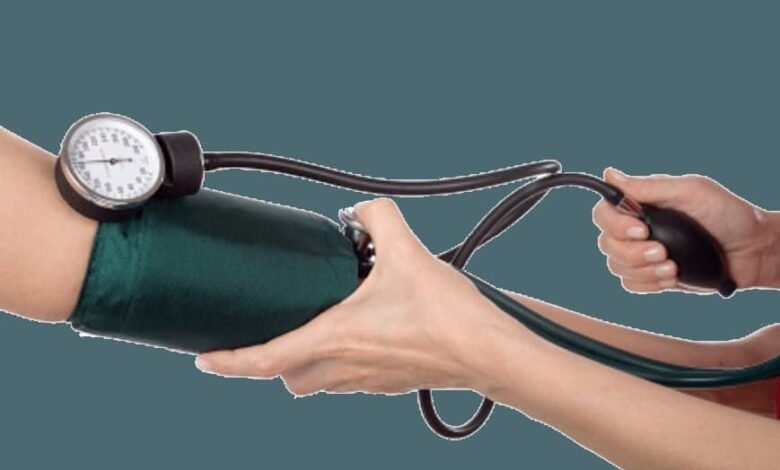Leukemia

What is leukemia?
Leukemia is a cancer of the blood cells that starts in the bone marrow – the inner soft tissue in most bones. Blood cells are formed in the bone marrow.
When a person is healthy, in the bone marrow is formed:
- White blood cells, which ensure the body’s fight against infections;
- Red blood cells, which carry oxygen to all parts of the body;
- strong>
- Platelets that help blood clot.
In leukemia the bone marrow begins to produce abnormal white blood cells or leukemia cells. They do not perform the functions of healthy blood cells and grow more than usual.
Over time, leukemia cells can crowd out healthy blood cells. This can lead to other serious illnesses such as anemia, bleeding and infections.
Leukemic cells can also spread to the lymph nodes or other organs and cause swelling or pain.
What are the causes of leukemia?
Medical professionals do not know what causes leukemia. But risk factors such as:
are well known
- Exposure to high levels of radiation;
- Exposure to certain chemicals when working with benzene for example;
- Down syndrome or other genetic disorders;
- Smoking;
< li>Certain types of chemotherapy to treat another type of cancer;
But most people with these risk factors do not develop leukemia. And most people who get leukemia are not exposed to any of the known risk factors.
What are the symptoms?
Symptoms of leukemia can vary depending on the type of disease and its stages, but there are some common signs that should be watched carefully.
One of the earliest and most common symptoms of leukemia is fever and night sweats. This is because the abnormal white blood cells that are produced in excess in leukemia can fight infections in unusual ways, which can cause these symptoms.
Headaches are also a common symptom of leukemia. These headaches can be the result of impaired blood circulation or the presence of a large amount of abnormal blood cells.
Bone and joint pain is another symptom often associated with leukemia. Blood diseases, such as leukemia, can cause bone pain due to the abnormal growth of blood cells in the bone marrow. Also, they can cause inflammation of the joints.
A swollen abdomen from an enlarged spleen is a specific symptom of chronic lymphocytic leukemia (CLL). In this case, lymphocytes increase in the spleen, which can lead to an increase in the size of the organ and pain in this area.
Swollen lymph nodes in the armpits, neck, or groin are also a common symptom of leukemia. This is due to an excessive accumulation of abnormal white blood cells in the lymph nodes, making them enlarged and tender to the touch.
Feeling weak or tired is a common condition in leukemia patients. This may be due to the anemia that develops in some types of leukemia due to a reduced amount of healthy red blood cells.
Appearance of bruising on the skin or easy bleeding are also symptoms to note. These problems are the result of a low number of healthy blood cells, which leads to an impaired ability of the body to stop bleeding and bruising.
Very often in leukemia, infections develop due to the impaired function of the white blood cells. These infections can be serious and require special treatment.
Weight loss and lack of appetite are also symptoms of leukemia. They are due to the fact that the disease can make the body more prone to weight loss and reduce interest in eating.
Leukemia treatment
Acute leukemia requires immediate treatment to stop the rapid growth of leukemia cells.
In many cases, treatment of acute leukemia leads to remission. Most doctors prefer the term remission to cure because the leukemia can come back.
Chronic leukemia can rarely be cured, but treatment keeps the disease under control.
Chronic lymphocytic leukemia may need to be left untreated when the patient has symptoms. But chronic myelocytic leukemia may require immediate treatment.
Therapies to treat leukemia are:
- Chemotherapy – they use strong drugs that destroy cancer cells. This is the main treatment for most types of leukemia.
- Radiotherapy – use high levels of ionizing radiation to kill cancer cells and to reduce swelling of lymph nodes or an enlarged spleen . He may prescribe radiotherapy before the stem cell transplant.
- Stem cell transplant – stem cells can renew the formation of healthy blood cells and strengthen the immune system. Before the transplant, chemotherapy or radiation therapy may be prescribed to destroy cells in the bone marrow and make room for new stem cells.
- Biotherapy – special medications are used, to improve the body’s natural defense against cancer cells.
- Some people with leukemia are also involved in clinical trials of new drugs.
If you are diagnosed with leukemia:
- Look for information about the leukemia you have and what treatment options are available. This way you will be able to make the best treatment choice and know what to expect.
- Do not despair as much as possible. A balanced diet and regular exercise can help with leukemia.
- Look for other people who have dealt with this disease.



